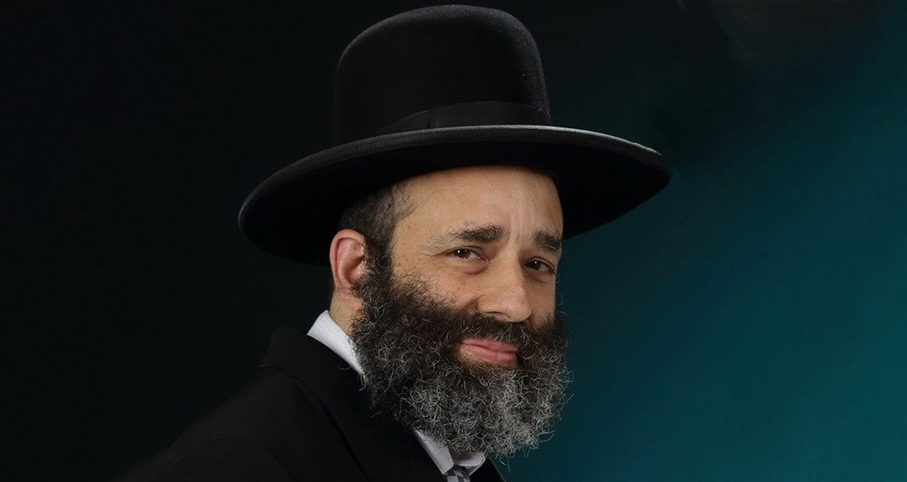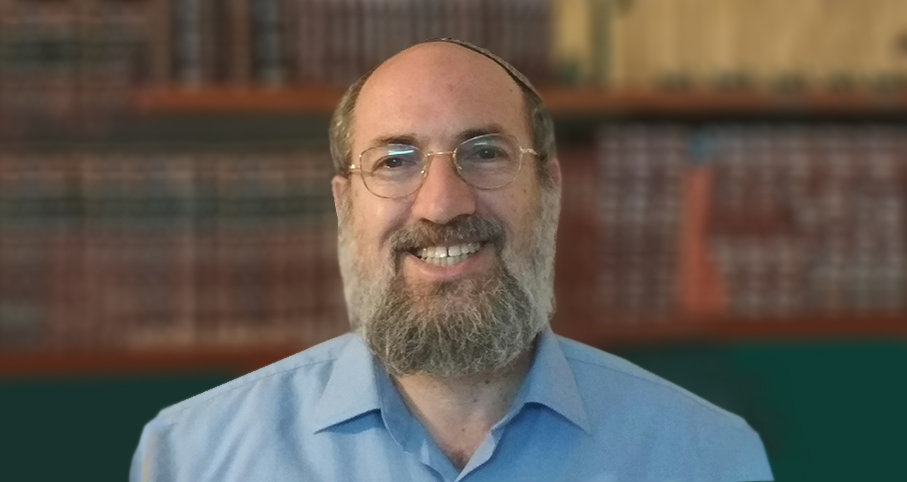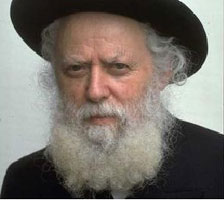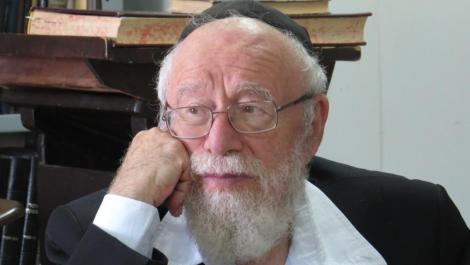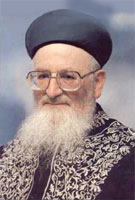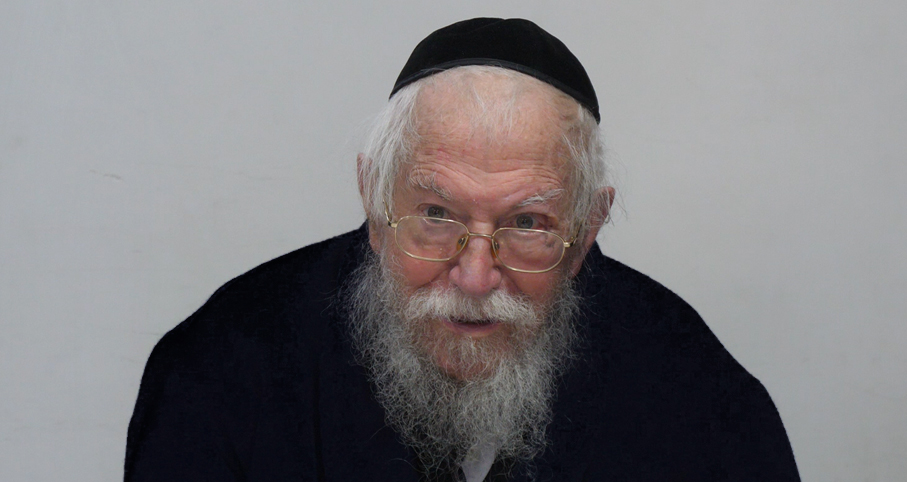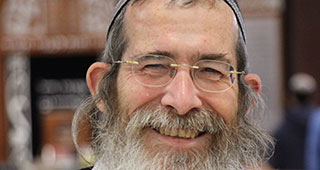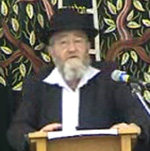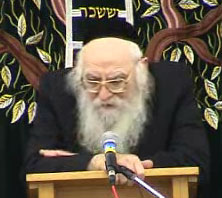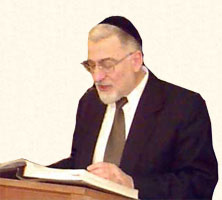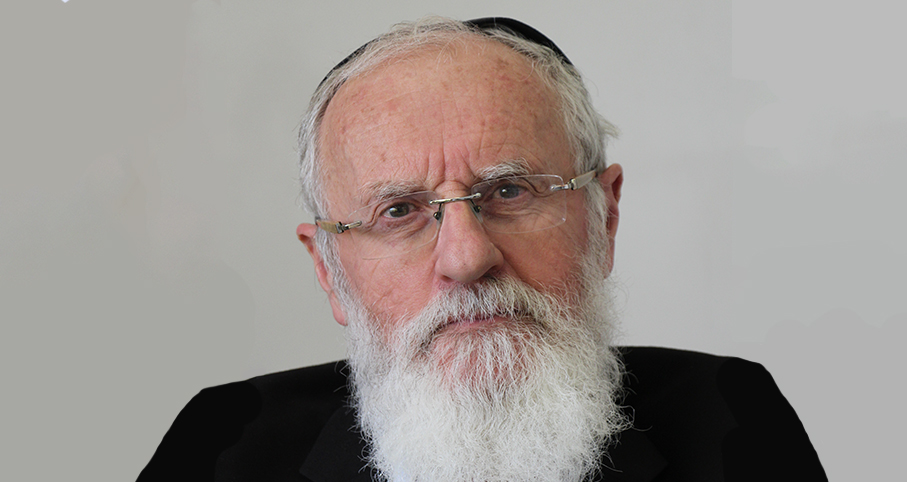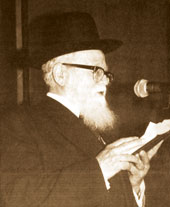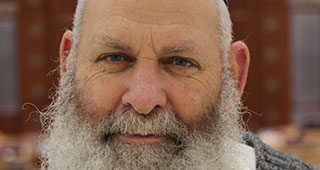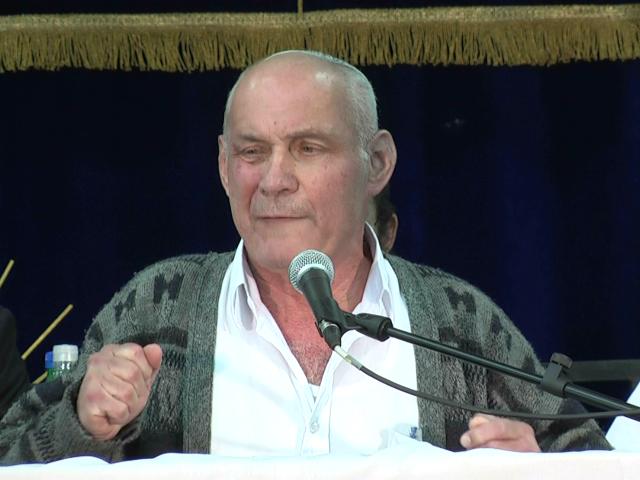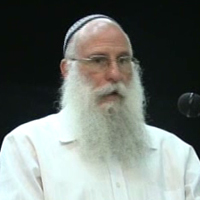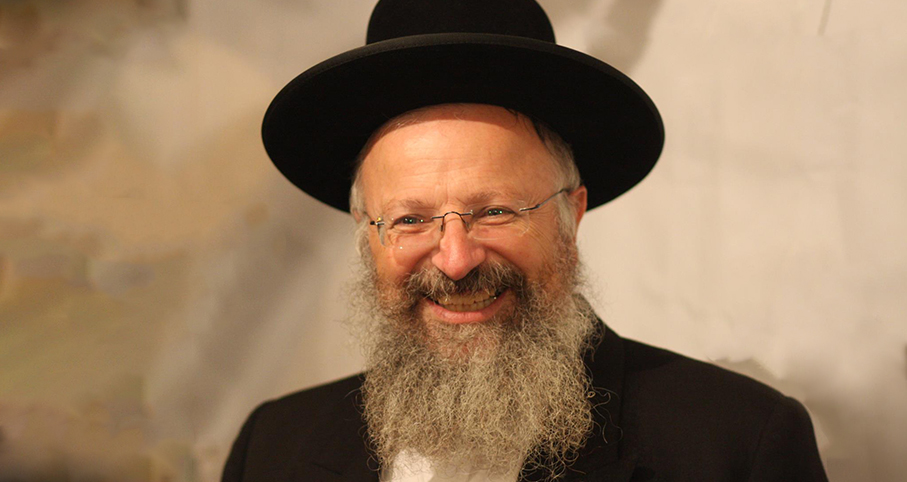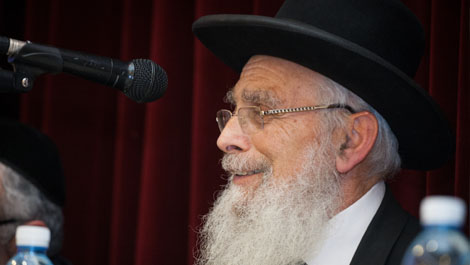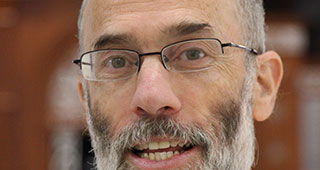Beit Midrash
- Sections
- Chemdat Yamim
- Bemare Habazak - Rabbis Questions
- Family and Society
- Financial Laws and Tzedaka
- The Procedure of the Beit Din
Answer: We begin with what can be learned from classical sources about privacy norms in beit din.
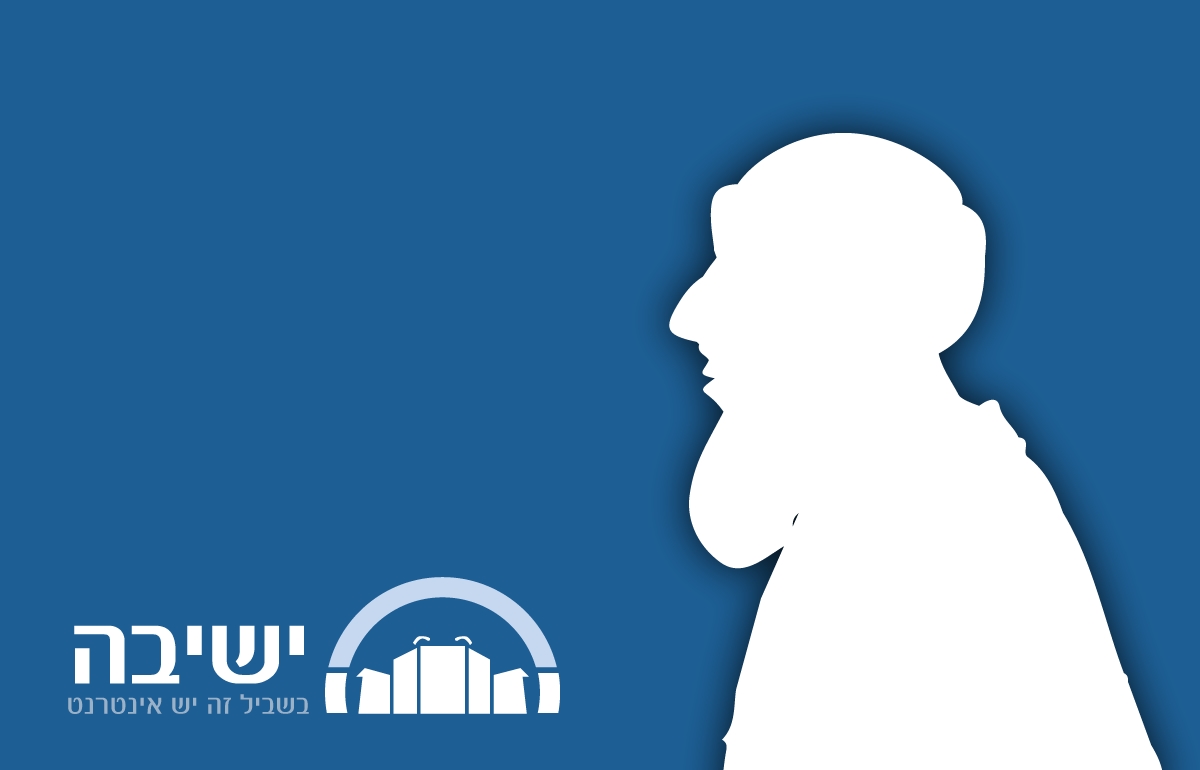
Bemare Habazak - Rabbis Questions (627)
Rabbi Daniel Mann
363 - Kaddish Rights – According to the Deceased or Mourners?
364 - Secrecy in Beit Din
365 - Answering Amen to Hamakom Yenachem
Load More
There was a strong rationale for at least the results of the proceedings to be known to the broad public. Chazal assumed that a divorce would be known to the public, as it was important for people to know their change in status for several reasons (see Gittin 81a).
Knowledge of transactions and adjudication about ownership and monetary obligations was critical to the public especially in regard to land acquisition. If someone wants to buy land, he needs to know whether the seller’s ownership is accepted. He also needs to know if the seller is a debtor, as this often creates a lien on all of his land. Now the land registry (in Israel, Tabu) clarifies ownership and allows notations about liens, adjudication, etc. At a time when formal registries did not exist, common public knowledge was critical. Therefore, witnesses to loan contracts who told people about the documents’ content were not gossipers but doing a civic duty (see Bava Batra 175b). This was also true of awareness of legal proceedings. This is why the gemara assumes that the public found out about monetary legal processes before beit din almost instantaneously (see Gittin 18a). Again, this allowed a potential buyer or a lender to perform due diligence. Secrecy often damaged social welfare.
Sources also discuss the idea that as a result of a dispute going to beit din, witnesses unknown to a litigant could hear of the dispute and come forward to testify (see Tosafot, Ketubot 2a). Since people would invite others to witness agreements, contracts, etc., if someone was caught doing something unethical that invalidated him as a witness, beit din had a process to inform the public not rely on him (Shulchan Aruch, CM 34:23).
At least one element of the beit din process required secrecy. When dayanim disagree on a ruling, none of them may divulge who agreed with which side (Sanhedrin 29a).
There are differences between set and ad hoc batei din accepted by the litigants of their own will. The main differences involve jurisdictional questions (see Shulchan Aruch, Choshen Mishpat siman 13&14). We do not find major differences in the manner in which the hearings and rulings are carried out, including secrecy.
That being said, litigants can agree to significantly change the rules of adjudication. They can accept a dayan or a witness who should have been disqualified to serve in their case (ibid. 22:1). They can transfer the need to make an oath from one side to the other (ibid. 3). They also have the ability to agree that the process should be private (at least when it does not directly contradict the need of the public to know). This is less likely to cause problems to the public in our days. The Law of Arbitration makes it possible for one to have non-governmental options available for adjudication, and when there is a requirement to have an arbitration agreement to make the decisions legally binding, it makes sense that they include rules that look out for the welfare of the litigants. In most cases, litigants prefer secrecy, and therefore a beit din like ours is happy to protect their privacy. However, had the law required public transparency for adjudication in a beit din operating according to arbitration law, Halacha would have been fine with that.

Ask the Rabbi: Using Replacement Mezuzot When They Are Being Checked?
Rabbi Daniel Mann | Av 5785

Ask the Rabbi: Timing of Ma’aser Kesafim
Rabbi Daniel Mann | Sivan 5785

Ask the Rabbi: Forgot to Remove Tefillin Before Musaf of Rosh Chodesh
Rabbi Daniel Mann | Kislev 5786

